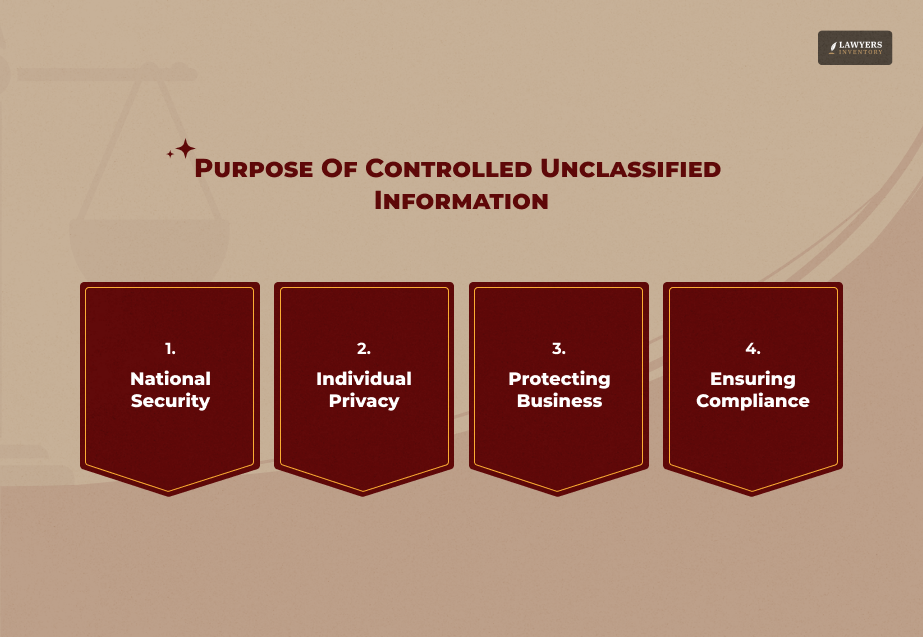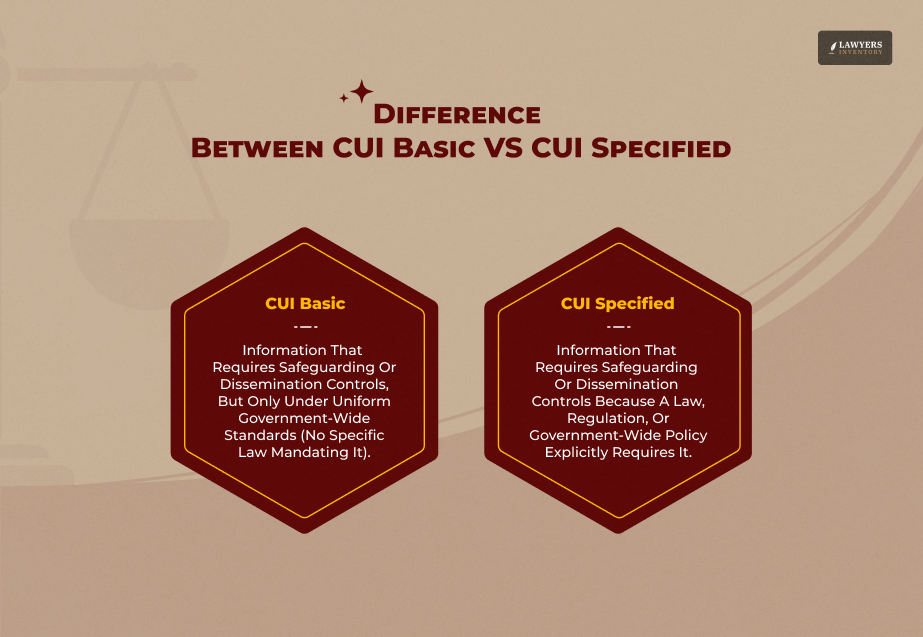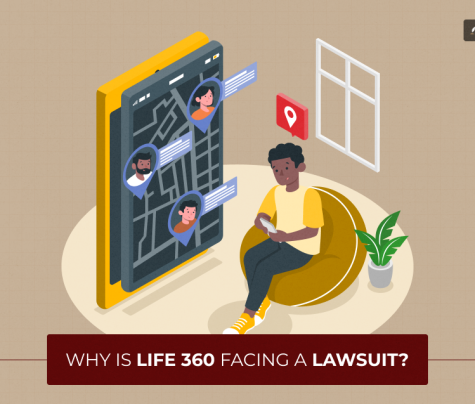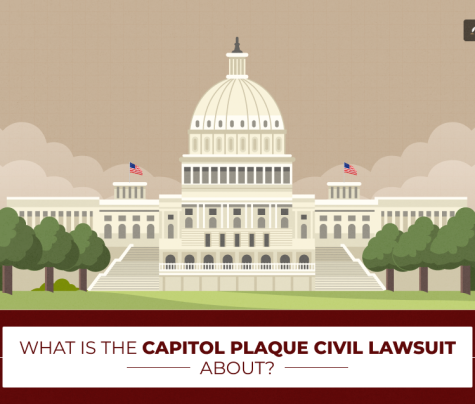
- CUI Specified refers to sensitive but unclassified government information where a specific law, regulation, or policy dictates handling requirements.
- Examples include Privacy Act data, HIPAA-protected health information, tax records, and export-controlled technical data.
- Agencies and contractors must properly mark, safeguard, and disseminate CUI Specified to remain compliant.
When you work with certain sensitive government information, there will be times when you might come across the term CUI. This is the program or category within which the federal government stores and categorizes unclassified information.
Within this particular section, you need to know the difference between CUI Basic and CUI Specified. And this is because the CUI generally includes a huge range of information, ranging from proprietary information to information dealing with national security.
In this blog, I will explain:
- What is CUI Specified?
- What is the difference between CUI Specified and CUI Basic?
- How is the marking for CUI Specified done?
- The importance of CUI Specified.
- What are the penalties for mishandling CUI Specified?
So, if these are some of the things that you want to know, keep on reading this article till the end…
What Is Controlled Unclassified Information (CUI)?

Created under the Executive Order 13556, Controlled Unclassified Information (CUI) is government-created or government-owned information that requires safeguarding or dissemination controls under federal law, regulation, or government-wide policy.
As stated by the National Archives, CUI requires “safeguarding or dissemination controls pursuant to and consistent with applicable law, regulations, and government-wide policies but is not classified under Executive Order 13526 or the Atomic Energy Act, as amended.”
However, it does not meet the standards for classification (like “Confidential,” “Secret,” or “Top Secret”). Which is why there is a need for this information to be put under a separate category.
Authorities state that the CUI program primarily “represents an unprecedented initiative to standardize practices across more than 100 separate departments and agencies.” The primary goal of this platform is to ensure “timely and consistent information sharing.”
Additionally, this helps to increase the transparency throughout the Federal government as well as its “non-Federal stakeholders.”
Quick Trivia: The CUI program was established under Executive Order 13556 (2010) to standardize how agencies manage sensitive information that isn’t formally classified.
So, can anyone access CUI? No. They cannot.
Sharing or accessing CUI is only permitted with and by any government office for legal government work. These can include the U.S. Government activities, mission, functions, and operations.
It also includes the undertakings that the government authorizes or recognizes within the range of its own or non-executive branch entities (e.g., state and local law enforcement) legal authorities.
Currently, there are as many as 125 different CUI categories in the NARA CUI Registry. However, for easier understanding and streamlining, all these are categorised primarily under two types of CUI:
- CUI Basic.
- CUI Specified.
Quick Trivia: NARA is the acronym for the National Archives and Records Administration, which oversees the CUI program.
What Is CUI Basic?
Before I talk about what is CUI Specified, let me explain what the other type of CUI is all about.
CUI Basic is a CUI that only needs the application of NIST 800-171 as the main method of safeguarding such data.
In case you come across the CUI Basic label, if not otherwise instructed by other security measures, you would implement NIST 800-171 in that particular setting and with that data.
The baseline handling and dissemination controls as sources of the Final Rule issued by NARA on November 14, 2016, are the core of CUI Basic.
As stated by Summit 7, according to the Federal Information Systems Modernization Act (FISMA), CUI Basic must be secured at the FISMA Moderate level and labeled as CUI.
What Is CUI Specified?
There can be a certain type of information that would need more control and more safeguarding. That is exactly what CUI Specified is all about.
It is a subset of CUI where the controlling law, regulation, or policy explicitly describes how the information must be handled, safeguarded, or disseminated. Or, it restricts access beyond the general handling requirements of CUI Basic.
According to Summit 7, “CUI Specified is CUI that has a law, regulation, or government-wide policy saying you have to do things above and beyond NIST 800-171 to protect the data.”
In other words, when federal law or regulation tells agencies exactly what to do with the data, that information is classified as CUI Specified.
To give you an example, Personally Identifiable Information (PII) is considered CUI Specified when handled under specific laws such as the Privacy Act of 1974.
Because of how confidential these sets of data are, agencies that were not the designating authority originally cannot handle control of this information. “The underlying authority maintains the handling controls on CUI Specified content and ONLY a designating agency may apply the limited dissemination controls to CUI content.”
Examples Of CUI Specified
When it comes to accessing or sharing CUI Specified information, you need to understand that each of them has mandatory legal requirements that are specific to each type. These requirements are in place to safeguard the sensitive information.
Some examples of CUI Specified information include:
- Privacy Act Information (5 U.S.C. § 552a).
- Protected Health Information (PHI) under the Health Insurance Portability and Accountability Act (HIPAA).
- Export-Controlled Information (e.g., under the International Traffic in Arms Regulations, ITAR).
- Taxpayer Information (26 U.S.C. § 6103).
- Critical Infrastructure Information protected under the Homeland Security Act.
- Controlled Technical Information (CTI) related to defense projects.
How Is CUI Specified Marked?
One of the most important questions that most people often ask related to CUI is who is responsible for applying CUI markings and dissemination instructions. It is the same for CUI Specified.
Documents containing CUI Specified must be clearly marked to prevent mishandling. Typically, markings include:
- The “CUI” designation indicator on the top and bottom of each page.
- A banner specifying whether the CUI is Basic or Specified.
- Category labels (e.g., “CUI//SP-PRVCY” for Privacy Act information).
Additionally, agencies must follow 32 CFR Part 2002, which governs CUI marking, handling, and decontrol.
Just like any other form of CUI types, the authorized holder of the information who was present at the time of creation of the CUI is the only person who has the power and responsibility of marking CUI Specified.
What Is The Difference Between CUI Basic VS CUI Specified?

For starters, CUI Basic is the more flexible form of CUI when we compare ot to CUI Specified. Here are some of the ways in which these two types of CUI is different from each other:
| Feature | CUI Specified | CUI Basic |
| Control | Follows specific procedures as stated by the authorizing law beyond NIST SP 800-171. | Follows a very standard set of procedures outlined under the NIST SP 800-171. |
| Governing Authority | The specific law, regulation, or policy dictates the controls. | The general CUI Program requirements apply. |
| Flexibility | Less flexible and more restrictive rules. | More flexible, with standard protocols. |
Apart from these, the penalties for mishandling these two types of CUI are also different. For instance, with CUI Basic, the penalties may include:
- Loss of contract.
- Reputational damage.
- Financial fines.
However, penalties for manhandling CUI Specified information can lead to severe legal and financial consequences, as with export-controlled data.
Read Also:
- Is Section 8 Getting Cut Off: Answering The Most Asked!
- How Will The Sean “Diddy” Combs Trial Affect The Rapper’s Future
- Google Incognito Lawsuit: Can You Really Fight Against Big Companies Over Data Privacy?










0 Reply
No comments yet.